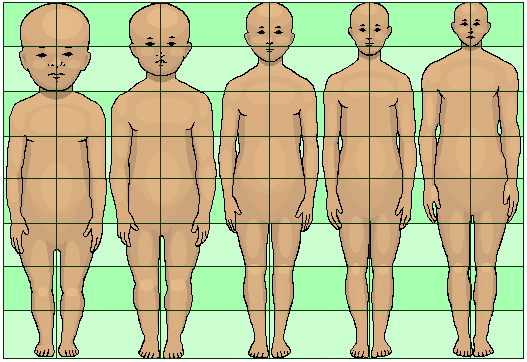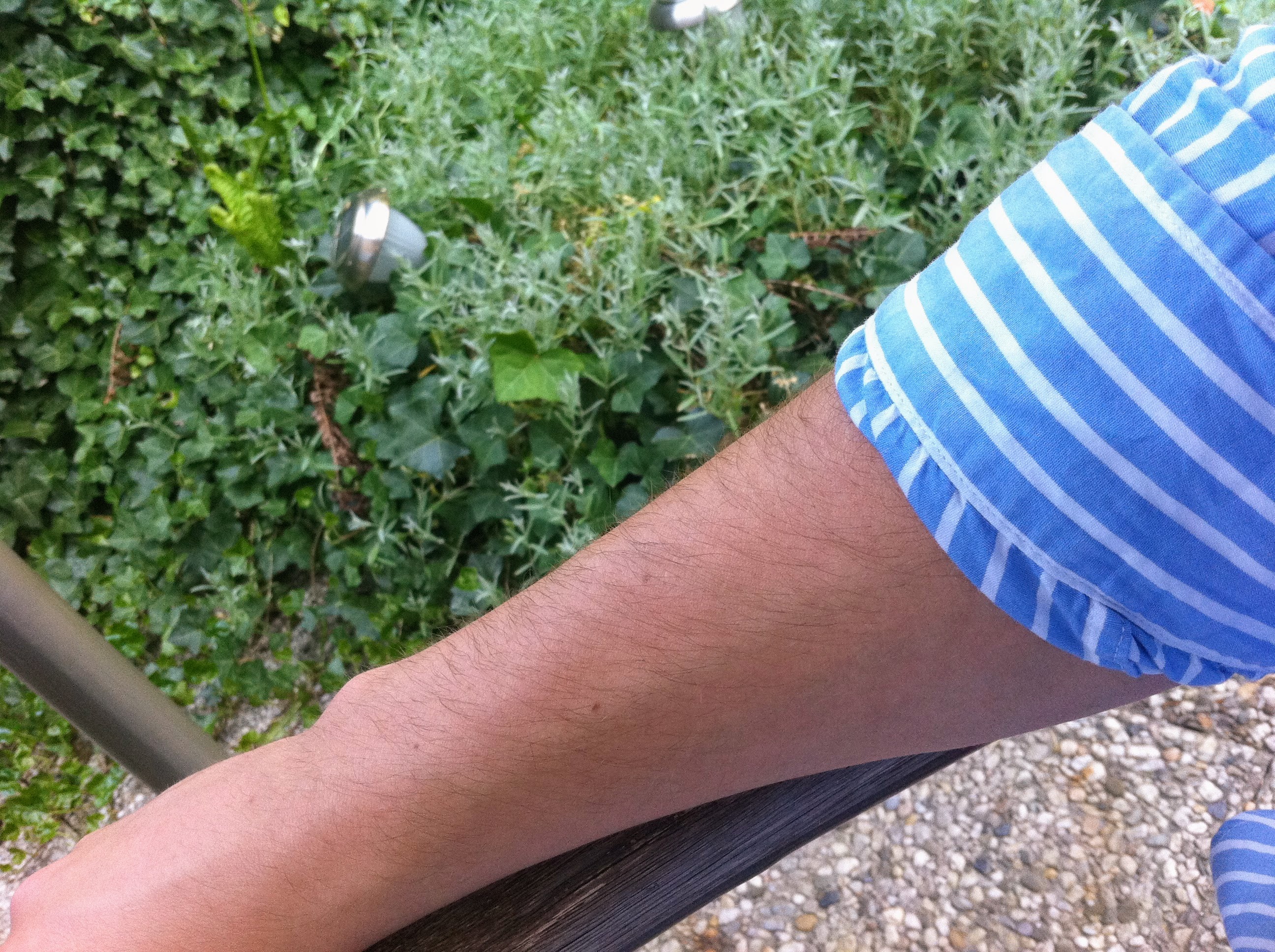|
History Of Removal Of Leg And Underarm Hair In The United States
At the outset of the United States, leg and underarm hair removal was not a common practice for women. In fact, body hair had been viewed as a boon by Caucasian people, and therefore removal was not an imported practice from European settlers into the United States. The removal of armpit and leg hair by American women became a new practice in the early 20th century due to a confluence of multiple factors. One cultural change was the definition of femininity. In the Victorian era, it was based on moral character. This shifted in the early 1920s when the new feminine idea became based on the body. Women revealed more of their bodies in 1920s clothing; and at the same time they began using bras, makeup, and dieting. Author of ''The Body Project'', J. Brumberg, summarizes, "The body itself became the fashion in the 1920s." In this context, hair removal was promoted as a gender norm requirement for women, to be attained through consumption and use of hair removal products. Upper lip, ne ... [...More Info...] [...Related Items...] OR: [Wikipedia] [Google] [Baidu] |
Hair Removal
Hair removal, also known as epilation or depilation, is the deliberate removal of body hair or head hair. Hair typically grows all over the human body and can vary in thickness and length across human populations. Hair can become more visible during and after puberty and men tend to have thicker, more visible body hair than women.) Both males and females have visible body hair on the head, eyebrows, eyelashes, armpits, genital area, arms, and legs. Males and some females may also have thicker hair growth on their face, abdomen, back, buttocks, anus, areola, chest, nasal, and ear. Hair does not generally grow on the lips, the underside of the hands or feet, or on certain areas of the genitalia. Hair removal may be practiced for cultural, aesthetic, hygienic, sexual, medical, or religious reasons. Forms of hair removal have been practiced in almost all human cultures since at least the Neolithic era. The methods used to remove hair have varied in different times and reg ... [...More Info...] [...Related Items...] OR: [Wikipedia] [Google] [Baidu] |
Harper's Bazaar
''Harper's Bazaar'' is an American monthly women's fashion magazine. It was first published in New York City on November 2, 1867, as the weekly ''Harper's Bazar''. ''Harper's Bazaar'' is published by Hearst and considers itself to be the style resource for "women who are the first to buy the best, from casual to couture". Since its debut in 1867, as the U.S.'s first fashion magazine, its pages have been home to talent such as the founding editor, author and translator Mary Louise Booth, as well as numerous fashion editors, photographers, illustrators and writers. ''Harper's Bazaar''s corporate offices are located in the Hearst Tower, 300 West 57th Street or 959 Eighth Avenue, near Columbus Circle in Midtown Manhattan, New York City. The current editor-in-chief of the U.S. edition is Samira Nasr. History Book publishers Harper & Brothers founded the magazine based in New York City on November 2, 1867. This company also gave birth to '' Harper's Magazine''. ''Harper' ... [...More Info...] [...Related Items...] OR: [Wikipedia] [Google] [Baidu] |
Underarm Hair
Underarm hair, also known as axillary hair, is the hair in the underarm area (''axilla''). Development Underarm or axillary hair goes through four stages of development, driven by weak androgens produced by the adrenal in males and females during adrenarche, and testosterone from the testicle in males during puberty. The importance of human underarm hair is unclear. It may naturally wick sweat or other moisture away from the skin, aiding ventilation. Colonization by odor-producing bacteria is thereby transferred away from the skin (see skin flora). File:Armpit by David Shankbone.jpg , Male axilla File:Womans armpit.JPG , Female axilla Function Reducing friction Armpit hair prevents skin-to-skin contact during activities that involve arm motion, such as running and walking. The same applies to pubic hair. Spreading pheromones The armpits release odor-containing pheromones, a naturally produced chemical that plays an important role in sexual attraction. Armpit hair tra ... [...More Info...] [...Related Items...] OR: [Wikipedia] [Google] [Baidu] |
Shaving
Shaving is the removal of hair, by using a razor or any other kind of bladed implement, to slice it down—to the level of the skin or otherwise. Shaving is most commonly practiced by men to remove their facial hair and by women to remove their leg and underarm hair. A man is called ''clean-shaven'' if he has had his beard entirely removed. Both men and women sometimes shave their chest hair, abdominal hair, leg hair, underarm hair, pubic hair, or any other body hair. Head shaving is much more common among men. It is often associated with religious practice, the armed forces and some competitive sports such as swimming, running, and extreme sports. Historically, head shaving has also been used to humiliate, punish, for purification or to show submission to an authority. In more recent history, head shaving has been used in fund-raising efforts, particularly for cancer research organizations and charitable organizations which serve cancer patients. The shaving of head hair ... [...More Info...] [...Related Items...] OR: [Wikipedia] [Google] [Baidu] |
Neoteny In Humans
Neoteny in humans is the retention of juvenile traits well into adulthood. This trend is greatly amplified in humans especially when compared to non-human primates. Adult humans more closely resemble the infants of gorillas and chimpanzees than the adults of those animals. Neotenic features of the head include the globular skull; (page 134), cited by:"In humans, neoteny is manifested in the resemblance of many physiological features of a human to a late-stage foetal chimpanzee. These foetal characteristics include hair on the head, a globular skull, ear shape, vertical plane face, absence of penal bone (baculum) in foetal male chimpanzees, the vagina pointing forward in foetal ape, the presence of hymen in neonate ape, and the structure of the foot. 'These and many other features', Bednarik says, 'define the anatomical relationship between ape and man as the latter's neoteny'". thinness of skull bones; the reduction of the brow ridge; the large brain; the flattened and broadened fac ... [...More Info...] [...Related Items...] OR: [Wikipedia] [Google] [Baidu] |
Leg Shaving
Leg shaving is the practice of removing leg hair by shaving the hair off using a razor or electric shaver. In addition, some people remove leg hair using waxing, sugaring, depilatories, epilators or other depilation devices, or lasers, but shaving remains the least expensive and one of the least painful methods. It is a very common practice among women in the western world, and is also done by some men, especially bodybuilders, cyclists, swimmers, and some runners. Women In Western countries, the majority of women engage in leg shaving, doing so largely for aesthetic reasons. This practice has developed especially since the early 20th century, around the time of the First World War, as hemlines on women's dresses have become shorter and women's swimsuits have become more revealing, displaying all of a woman's legs. Some women may only shave the hair below the knee – depending on the length of dress styles in fashion – while others shave the entire leg. Th ... [...More Info...] [...Related Items...] OR: [Wikipedia] [Google] [Baidu] |
History Of Women's Magazines
This article addresses the history of women's magazines. In 1693 the first issue of the first women's magazine in Britain, ''The Ladies' Mercury'', was published.Anzovin, item 4454, p. 294 "The first advice column appeared in the first issue (dated Feb 27, 1693) of the first magazine for women, ''The Ladies Mercury'', published by London bookseller John Dunton. The entire magazine, filling both sides of a single sheet, was devoted to the advice column, which offered expert replies to questions submitted by readers on the matters of love, marriage, and sex." In 1857 the first women's magazine in Gujarati, '' Streebodh'', was established by Parsi social activists. In 1886 the first Malayalam women's magazine, '' Keraleeya Suguna Bodhini'' was published from Thiruvananthapuram, Kerala. In 1892 the first women's magazine in Egypt, and indeed in all the Arab countries, ''Al Fatat'', was established by Hind Nawfal. Another women's periodical, ''Fatat al-Sharq'' ( ar, "فتاة الشر� ... [...More Info...] [...Related Items...] OR: [Wikipedia] [Google] [Baidu] |
Hair Removal
Hair removal, also known as epilation or depilation, is the deliberate removal of body hair or head hair. Hair typically grows all over the human body and can vary in thickness and length across human populations. Hair can become more visible during and after puberty and men tend to have thicker, more visible body hair than women.) Both males and females have visible body hair on the head, eyebrows, eyelashes, armpits, genital area, arms, and legs. Males and some females may also have thicker hair growth on their face, abdomen, back, buttocks, anus, areola, chest, nasal, and ear. Hair does not generally grow on the lips, the underside of the hands or feet, or on certain areas of the genitalia. Hair removal may be practiced for cultural, aesthetic, hygienic, sexual, medical, or religious reasons. Forms of hair removal have been practiced in almost all human cultures since at least the Neolithic era. The methods used to remove hair have varied in different times and reg ... [...More Info...] [...Related Items...] OR: [Wikipedia] [Google] [Baidu] |
Hair
Hair is a protein filament that grows from follicles found in the dermis. Hair is one of the defining characteristics of mammals. The human body, apart from areas of glabrous skin, is covered in follicles which produce thick terminal and fine vellus hair. Most common interest in hair is focused on hair growth, hair types, and hair care, but hair is also an important biomaterial primarily composed of protein, notably alpha-keratin. Attitudes towards different forms of hair, such as hairstyles and hair removal, vary widely across different cultures and historical periods, but it is often used to indicate a person's personal beliefs or social position, such as their age, sex, or religion. Overview The word "hair" usually refers to two distinct structures: #the part beneath the skin, called the hair follicle, or, when pulled from the skin, the bulb or root. This organ is located in the dermis and maintains stem cells, which not only re-grow the hair after it falls out, bu ... [...More Info...] [...Related Items...] OR: [Wikipedia] [Google] [Baidu] |
Consumerism
Consumerism is a social and economic order that encourages the acquisition of goods and services in ever-increasing amounts. With the Industrial Revolution, but particularly in the 20th century, mass production led to overproduction—the supply of goods would grow beyond consumer demand, and so manufacturers turned to planned obsolescence and advertising to manipulate consumer spending. In 1899, a book on consumerism published by Thorstein Veblen, called ''The Theory of the Leisure Class'', examined the widespread values and economic institutions emerging along with the widespread "leisure time" at the beginning of the 20th century. In it, Veblen "views the activities and spending habits of this leisure class in terms of conspicuous and vicarious consumption and waste. Both relate to the display of status and not to functionality or usefulness." In economics, consumerism may refer to economic policies that emphasise consumption. In an abstract sense, it is the considerati ... [...More Info...] [...Related Items...] OR: [Wikipedia] [Google] [Baidu] |
Body Hair
Body hair, or androgenic hair, is the terminal hair that develops on the human body during and after puberty. It is differentiated from the head hair and less visible vellus hair, which is much finer and lighter in color. The growth of androgenic hair is related to the level of androgens (often referred to as male hormones) and the density of androgen receptors in the dermal papillae. Both must reach a threshold for the proliferation of hair follicle cells. From childhood onward, regardless of sex, vellus hair covers almost the entire area of the human body. Exceptions include the lips, the backs of the ears, palms of hands, soles of the feet, certain external genital areas, the navel, and scar tissue. The density of hair – i.e. the number of hair follicles per unit area of skin – varies from person to person. In many cases, areas on the human body that contain vellus hair will begin to produce darker and thicker body hair during puberty, such as the first grow ... [...More Info...] [...Related Items...] OR: [Wikipedia] [Google] [Baidu] |
Hemline
The hemline is the line formed by the lower edge of a garment, such as a skirt, dress or coat, measured from the floor. The hemline is perhaps the most variable style line in fashion, changing shape and ranging in height from hip-high to floor-length. What is a fashionable style and height of hemline has varied considerably throughout the years, and has also depended on a number of factors such as the age of the wearer, the occasion for which the garment is worn and the choice of the individual. Types Similar to necklines and waistlines, hemlines can be grouped by their height and shape: * floor-length hemlines * ankle hemlines * midcalf hemlines * below-knee hemlines * above-knee hemlines * mid-thigh hemlines * hip-high hemlines * handkerchief hemlines * diagonal or asymmetric hemlines * high-low hemlines, usually short in front and dipping behind * other hemlines, such as modern-cut hemlines Dresses and skirts are also classified in terms of their length: * mini * baller ... [...More Info...] [...Related Items...] OR: [Wikipedia] [Google] [Baidu] |









